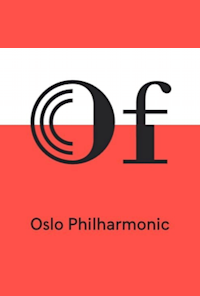Klaus Mäkelä / Dmitrij Sjostakovitsj / Einojuhani Rautavaara
Share
Klaus Mäkelä / Dmitrij Sjostakovitsj / Einojuhani Rautavaara by Rautavaara, Shostakovich, From (2024/2024), Conductor Klaus Mäkelä, Konserthus, Oslo, Norway
Select WorkCantus Arcticus, op. 61 ("Concerto for Birds and Orchestra") (Cantus arcticus. Concerto for birds & orchestra op. 61), Rautavaara
Producer
Conductor
Ensemble
Orchestra
Programme
2
Klaus Mäkelä / Dmitrij Sjostakovitsj / Einojuhani Rautavaara
Learn more about composer

